Harrison Taylor
Using DeepProbLog to perform Complex Event Processing on an Audio Stream
Oct 15, 2021
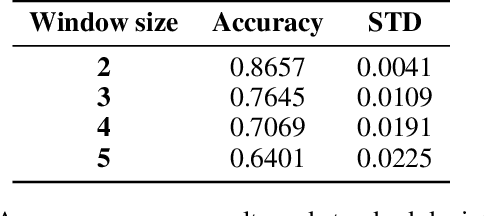
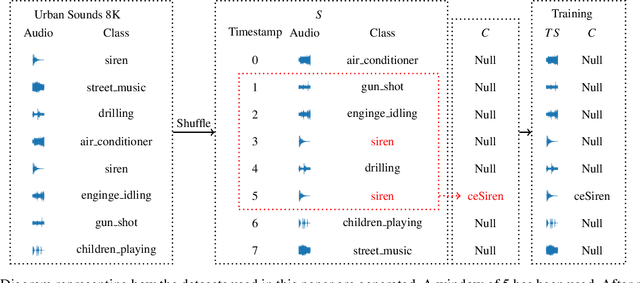
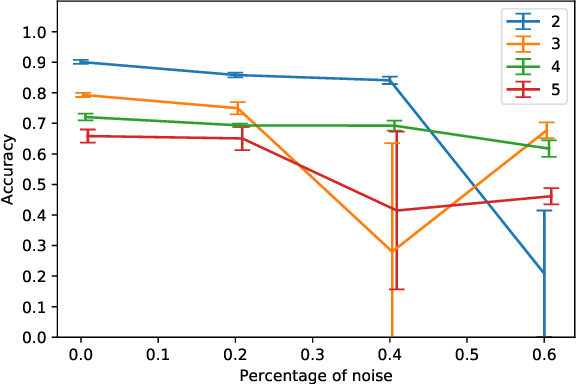
Abstract:In this paper, we present an approach to Complex Event Processing (CEP) that is based on DeepProbLog. This approach has the following objectives: (i) allowing the use of subsymbolic data as an input, (ii) retaining the flexibility and modularity on the definitions of complex event rules, (iii) allowing the system to be trained in an end-to-end manner and (iv) being robust against noisily labelled data. Our approach makes use of DeepProbLog to create a neuro-symbolic architecture that combines a neural network to process the subsymbolic data with a probabilistic logic layer to allow the user to define the rules for the complex events. We demonstrate that our approach is capable of detecting complex events from an audio stream. We also demonstrate that our approach is capable of training even with a dataset that has a moderate proportion of noisy data.
A framework for fostering transparency in shared artificial intelligence models by increasing visibility of contributions
Mar 05, 2021
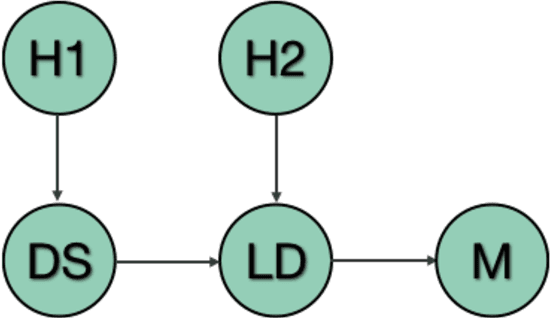
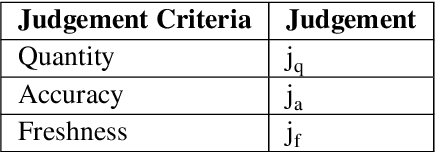

Abstract:Increased adoption of artificial intelligence (AI) systems into scientific workflows will result in an increasing technical debt as the distance between the data scientists and engineers who develop AI system components and scientists, researchers and other users grows. This could quickly become problematic, particularly where guidance or regulations change and once-acceptable best practice becomes outdated, or where data sources are later discredited as biased or inaccurate. This paper presents a novel method for deriving a quantifiable metric capable of ranking the overall transparency of the process pipelines used to generate AI systems, such that users, auditors and other stakeholders can gain confidence that they will be able to validate and trust the data sources and contributors in the AI systems that they rely on. The methodology for calculating the metric, and the type of criteria that could be used to make judgements on the visibility of contributions to systems are evaluated through models published at ModelHub and PyTorch Hub, popular archives for sharing science resources, and is found to be helpful in driving consideration of the contributions made to generating AI systems and approaches towards effective documentation and improving transparency in machine learning assets shared within scientific communities.
An Experimentation Platform for Explainable Coalition Situational Understanding
Nov 09, 2020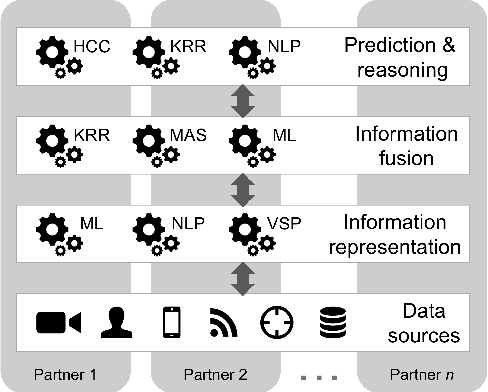
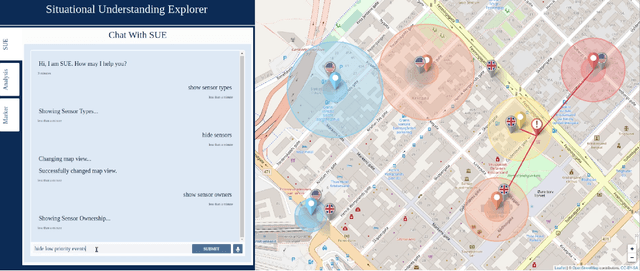
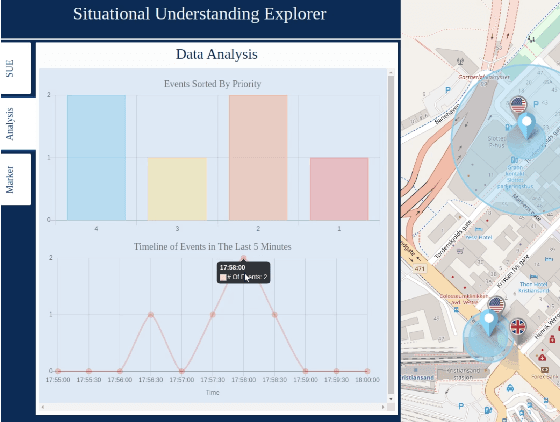
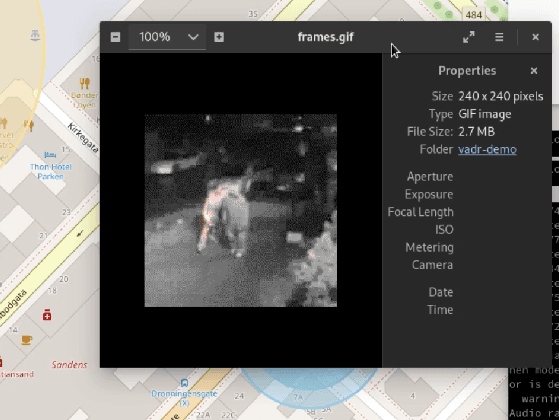
Abstract:We present an experimentation platform for coalition situational understanding research that highlights capabilities in explainable artificial intelligence/machine learning (AI/ML) and integration of symbolic and subsymbolic AI/ML approaches for event processing. The Situational Understanding Explorer (SUE) platform is designed to be lightweight, to easily facilitate experiments and demonstrations, and open. We discuss our requirements to support coalition multi-domain operations with emphasis on asset interoperability and ad hoc human-machine teaming in a dense urban terrain setting. We describe the interface functionality and give examples of SUE applied to coalition situational understanding tasks.
A Hybrid Neuro-Symbolic Approach for Complex Event Processing
Sep 18, 2020
Abstract:Training a model to detect patterns of interrelated events that form situations of interest can be a complex problem: such situations tend to be uncommon, and only sparse data is available. We propose a hybrid neuro-symbolic architecture based on Event Calculus that can perform Complex Event Processing (CEP). It leverages both a neural network to interpret inputs and logical rules that express the pattern of the complex event. Our approach is capable of training with much fewer labelled data than a pure neural network approach, and to learn to classify individual events even when training in an end-to-end manner. We demonstrate this comparing our approach against a pure neural network approach on a dataset based on Urban Sounds 8K.
Discriminating Spatial and Temporal Relevance in Deep Taylor Decompositions for Explainable Activity Recognition
Aug 14, 2019
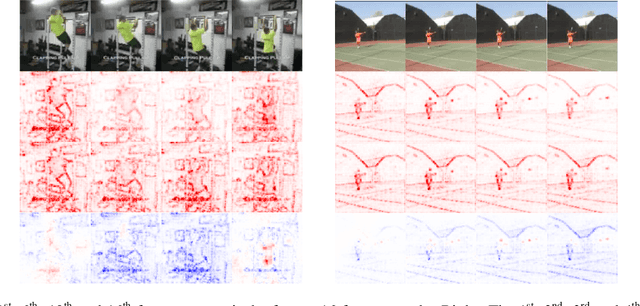
Abstract:Current techniques for explainable AI have been applied with some success to image processing. The recent rise of research in video processing has called for similar work n deconstructing and explaining spatio-temporal models. While many techniques are designed for 2D convolutional models, others are inherently applicable to any input domain. One such body of work, deep Taylor decomposition, propagates relevance from the model output distributively onto its input and thus is not restricted to image processing models. However, by exploiting a simple technique that removes motion information, we show that it is not the case that this technique is effective as-is for representing relevance in non-image tasks. We instead propose a discriminative method that produces a na\"ive representation of both the spatial and temporal relevance of a frame as two separate objects. This new discriminative relevance model exposes relevance in the frame attributed to motion, that was previously ambiguous in the original explanation. We observe the effectiveness of this technique on a range of samples from the UCF-101 action recognition dataset, two of which are demonstrated in this paper.
 Add to Chrome
Add to Chrome Add to Firefox
Add to Firefox Add to Edge
Add to Edge